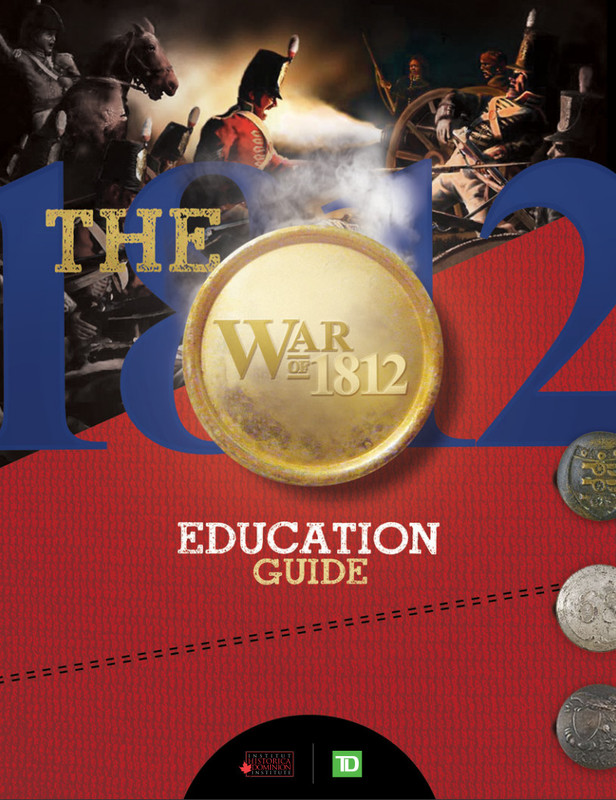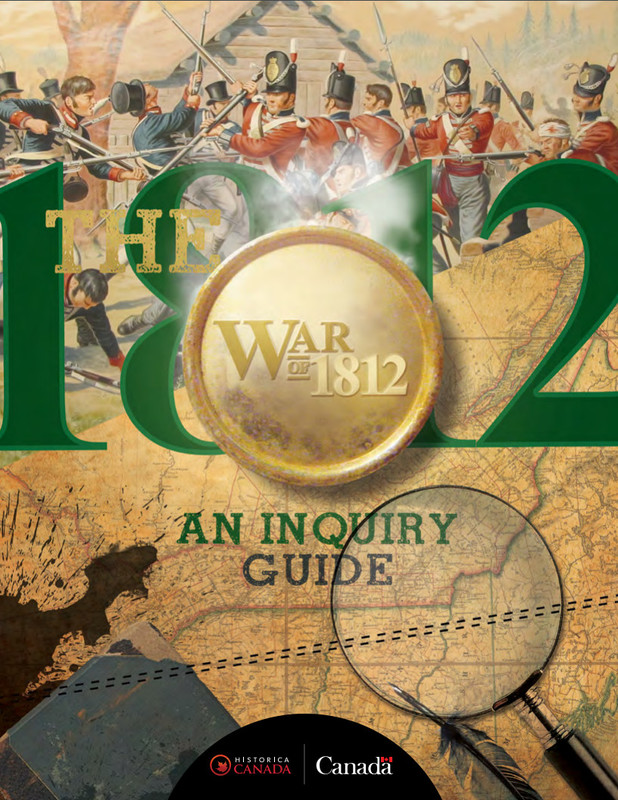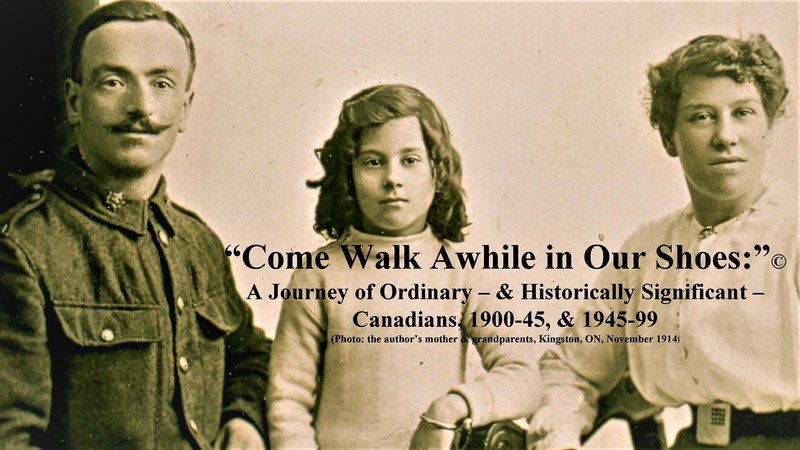Passchendaele Education Guide
The guide's purpose is to enhance your students’ learning and appreciation of the pivotal role that this 1917 battle played within Canadian history. The questions and activities of the guide also aim to have students examine issues and situations from an individual, humanistic point of view as well as from a macro perspective.
Structured around five primary sources from the First World War, this guide asks students to think and to empathize as they analyze and deconstruct those pieces of...



 Created by
Created by